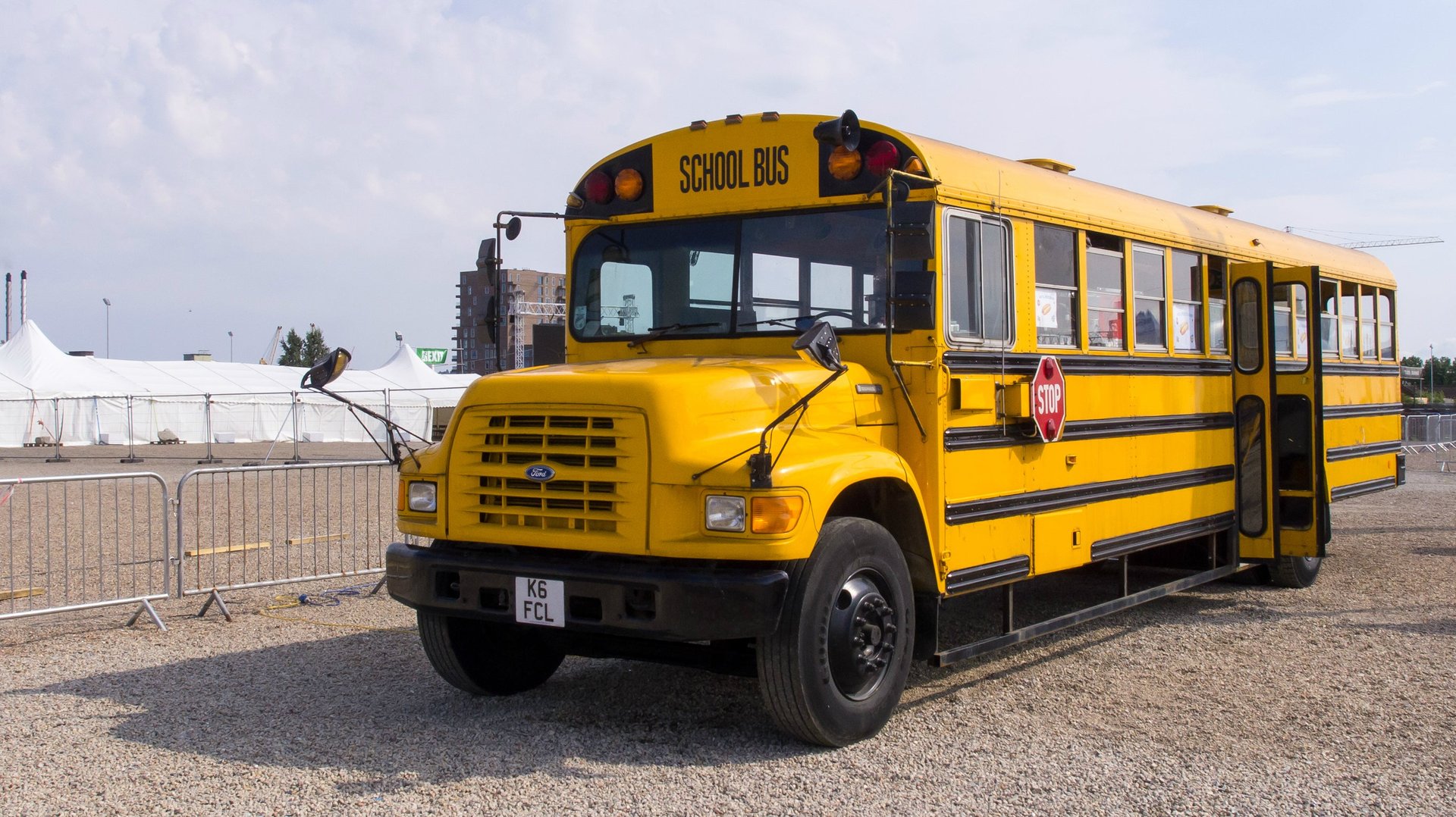Uber’s newest service works just like a bus
As a “sharing economy” company, Uber is constantly, proverbially iterating. And on Tuesday (Dec. 8) Uber announced the latest iteration of its service in Seattle. The test program, scheduled to begin on Thursday, is called UberHop; its stated goal is to use ”today’s existing infrastructure more efficiently at no extra cost by getting more butts into the backseats of fewer cars.”


As a “sharing economy” company, Uber is constantly, proverbially iterating. And on Tuesday (Dec. 8) Uber announced the latest iteration of its service in Seattle. The test program, scheduled to begin on Thursday, is called UberHop; its stated goal is to use ”today’s existing infrastructure more efficiently at no extra cost by getting more butts into the backseats of fewer cars.”
Uber has pursued this agenda with previous products: When Uber first introduced UberPool in August 2014 it was as a “bold social experiment” to reduce “the number of cars on the road, congestion in cities, pollution, parking challenges.” Ditto Smart Routes (“part of our ongoing efforts to increase … efficiency”) and UberCommute (“a real alternative to a world that looks like a parking lot and moves like a traffic jam”).
But, as Uber boasts in its launch announcement for UberHop, “that’s just the start of what’s possible with apps like Uber.” And so UberHop takes those ambitions a step further. Though it never directly says so in its announcement, UberHop is a privatized bus service.
As evidence, here are Uber’s step-by-step instructions on how riders should plan to use UberHop, which will be “available along select routes during commuting hours.”
- “Open the app and select UberHop. Choose a route and request an UberHop.”
- “We’ll pair you up with a driver as well as other commuters traveling in the same direction. You’ll then get directions on where and when to catch your ride.”
- “…walk to your pickup location where a driver and your fellow commuters will meet you. You’ll need to be on time as your uberHOP driver will leave promptly.”
- “At the end of your journey, you’ll be dropped off at a pre-destined stop so you can walk the last few blocks to work.”
Presumably Uber will encourage people to use UberHop the same way it’s promoted other services in the past: by offering users steep discounts. Also presumably, UberHop will operate along different routes than those already canvassed by Seattle’s public transit system. But there are many other questions. Who will be allowed to drive for UberHop? Will they need special licenses? How big can the vehicles get? Are there any additional safety protocols? (We’ve reached out to Uber for comment and will update this post when and if they respond.)
Uber’s ultimate goal with Hop, as with other offerings, is that the service becomes so cheap and convenient—and essentially invaluable—that people forgo their cars entirely and travel day-to-day with some combination of Uber and other transportation services instead. Who knows. Maybe this latest innovative iteration will take off. In the meantime, let’s at least call Hop what it is: a bus.
Photo by Ed Webster, licensed under CC BY 2.0.